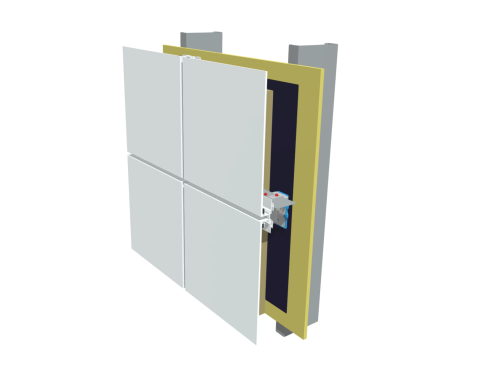Measure the Ruler
The project started on February 9th. I’m close to the 75% mark of completion. You may be asking, what’s the project. I’m doing a major renovation upstairs in my house. If you noted in past blogs, I do the work myself. I do have my Dad, Son-in-Law and Daughter’s helping me. But for the most part, I fly solo. This goes back to one of the things I find delight in, just read last week’s blog.
The other day I came across a picture of a tape measure. Asking what the symbols mean. Thus, the title for this blog, however, I know the correct term is Measure the Rule of Law. So, this was a little bit of a pun. Back to the question of the tape measure. I started to wonder if I knew all the answers. Because I’m in Tucson and have practiced Architecture and done Construction in the Southern US, this is all about the imperial system.
 I took out my tape measure, a classic Stanley 30 foot, Leverlock. It’s a nice bright green, and it still has not walked off after all these years. Anyone that does Construction Administration, knows what I’m talking about. Let’s break the tape measure symbols down, there is a little more here than I thought.
I took out my tape measure, a classic Stanley 30 foot, Leverlock. It’s a nice bright green, and it still has not walked off after all these years. Anyone that does Construction Administration, knows what I’m talking about. Let’s break the tape measure symbols down, there is a little more here than I thought.
- First the big black numbers. Those are easy, they are the inches. Every tape measure I’ve seen has these. And they are sequential. So, on a 30-foot tape measure, the numbers go to 360.
- At the 12-inch mark, begins the change. At every 12 inches, there is 1F, 2F, 3F, etc in a big black arrow. These are the foot marks. Still, this is not a ground-breaking revolution. This makes for quick measuring at each foot.
- Starting at the 13-inch mark, there is a second row of numbers. Typically in red. These are the reset of the inch mark. There are number 1 through 11, so if my drawing shows 3’-6” this is a very quick find on the tape measure.
- At every 16 inches, the bottom row of black numbers switches to a red number in a box. Perfect for the 16” on center (16”OC) note. Which is what a typical stud wall spacing of the studs.
- Now for the last mark on my tape measure. There is a small diamond at about 19.2 inches. Extending out your tape measure, there is another one at 38.4 inches. This goes on for the full length of my 30-foot tape measure. That diamond lands at exactly 8 feet, 16 feet, etc. If you take 8 feet and break it down to inches, you get 96 inches. Divide 96 by 19.2 and you get 5.
 I had to do a little digging to find out why I need 5 spaces for every 8 feet. This is typical truss spacing for old school carpentry. Mainly used in residential construction, which is something I don’t do. Well, not exactly true, I do design Government Staff Quarters, but my trusses are typically 16”OC just like my walls.
I had to do a little digging to find out why I need 5 spaces for every 8 feet. This is typical truss spacing for old school carpentry. Mainly used in residential construction, which is something I don’t do. Well, not exactly true, I do design Government Staff Quarters, but my trusses are typically 16”OC just like my walls.
At the end of the day, I did not know every mark on my tape measure. I do know one thing, when the carpenter is laying out stud walls. Always use whole inches, stay away from fractions. Also, as a designer, be kind to the construction workers in the field. Dimension everything on your drawings from the face of stud. Remember, they are the first one laying out your design and almost everything that will spring board off of the wall locations. Stick to left or right and top or bottom when placing your dimension strings. Now, back to my own home improvement project and I need to finish measuring and building my walls.
…and now for something completely different.
Ketchup was used as a medicine back in the 1930’s.
When you subscribe to the blog, we will send you an e-mail when there are new updates on the site so you wouldn't miss them.






